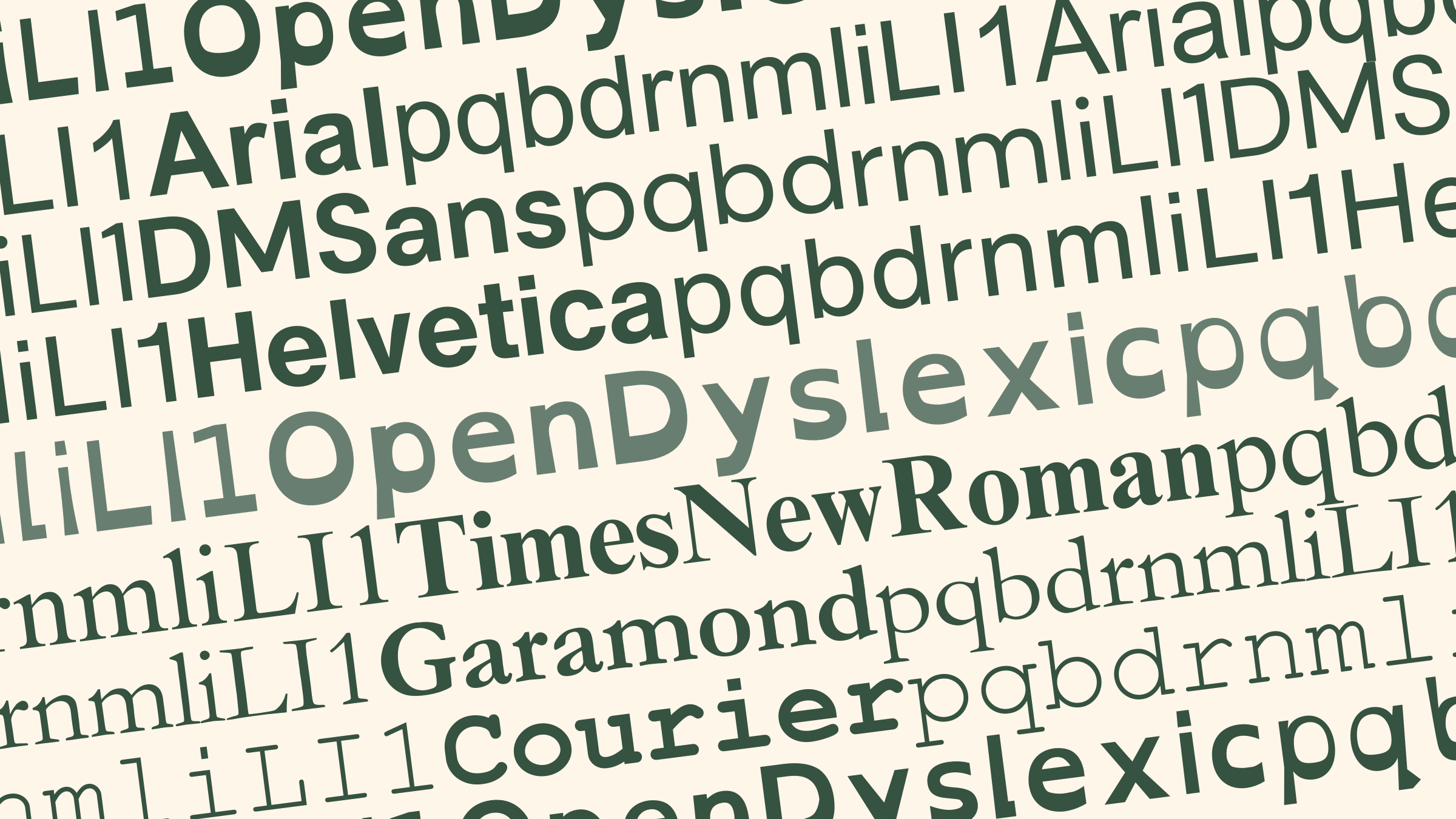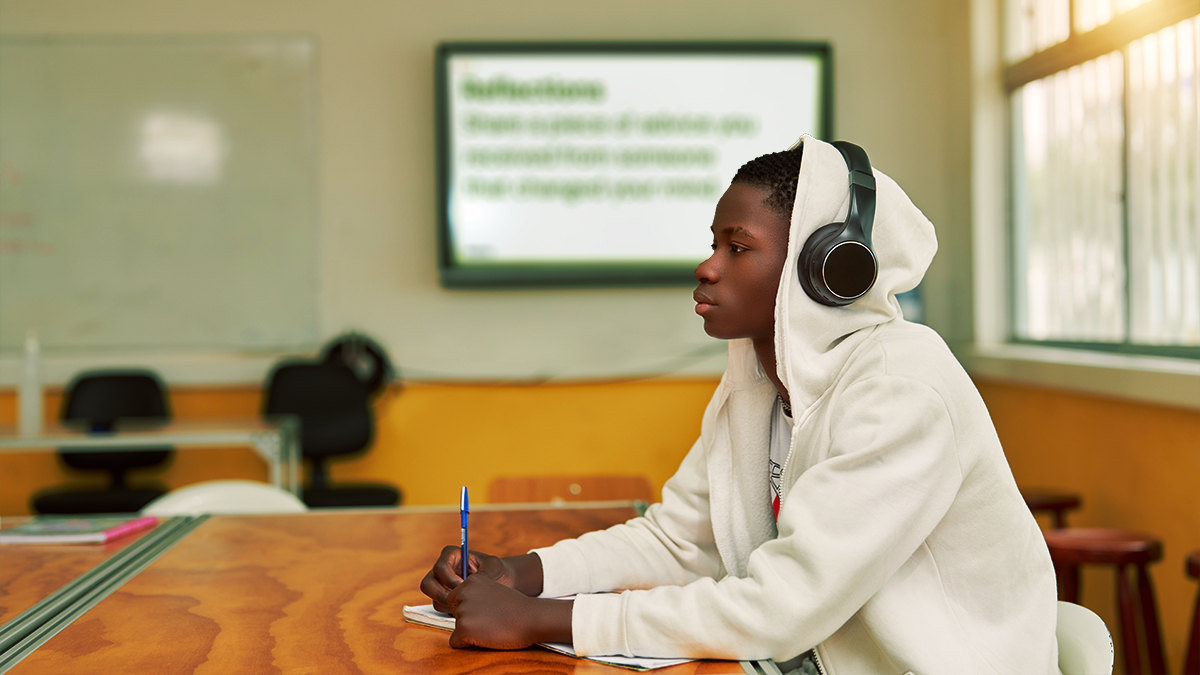Yearbook captions provide the context and information to help tell the story behind each photo. They explain what’s happening, who is in the picture, and why it’s significant. Without captions, many images may lose their meaning or context. Conversely, it is not a storytelling photo if you cannot write about it.
Try this: open your middle school yearbook and try to name all the people on page 24. Can you do it without looking at the captions?

Three Types of Yearbook Captions
Ident Captions
Also, called ID captions, they do just that: identify who is in the photograph. Often used in photo collages, ident captions preserve the names of individuals for posterity and historical record. At a basic level, knowing the names of the individuals can make the yearbook content more personal and relatable, and, from a student’s point of view, their name equates to their mark on your campus community.


Summary Captions
These captions tell a brief story or narrative related to the photo. They engage the reader by presenting the photo as part of a larger, unfolding story by answering who, what, when, why, where, and how in a sentence. Summary captions are always written in the present tense.
Start by being Captain Obvious and use the why and how to give readers more information.

Expanded Captions
Writing an expanded caption for a yearbook involves providing more context and detail about the photo. It’s journalism. It requires practice. It’s a skill. Each expanded caption is a three-sentence story that adds depth to your spread and supports the whole year’s narrative.
Expanded captions have three parts, four if your yearbook has a lede.
- Answer the 5Ws and H (present tense)
- Add context you cannot readily see (past tense)
- Include a direct quote from the subject (attributed by said)

How Do I Write Expanded Captions?
Because writing is a process, each of the following steps takes time and attention to be effective.
Step 1: Observe and Analyze the Photograph
Identify key elements, people, objects, and actions using who, what, when, why, where, and how. Be sure to consider the emotions, expressions, and details within the foreground and background of the image.
Verify names and activities before moving to the second step.
Step 2: Prepare Interview Questions
Use open-ended questions to gather more information, opinions, and insights from individuals. Find out what happened before and after the photograph and the relationships between the people in the image. Remember, it’s better to have to cut down content than scramble to fill space.
The goal of your interview is to provide additional context and meaning. Showing up and saying, “Give me a quote for the yearbook,” isn’t going to achieve that.
Step 3: Put it all Together
- Write a detailed summary caption in present tense.
- Using your interview notes, create a second sentence that goes beyond the obvious. Write this in past tense.
- Add a quote that further details the story or expresses emotion. Keep your strong verbs relegated to your caption: attributed your quote with x said.
- Tie it back to your theme or the spread topic with your lede.

What Not to Do
Avoid editorializing and jokes. It’s not your job to critique what is happening (Romero’s awesome painting) or change the narrative (Is that Bob Ross? No, it’s Ezekiel Romero). Your job is to report. Quotes should be used to convey the feelings or reactions of the people involved.
By adding captions—ident, summary, or expanded—you not only describe the photo, but also provide a deeper understanding of the moment and its significance, making your yearbook more engaging and informative.






